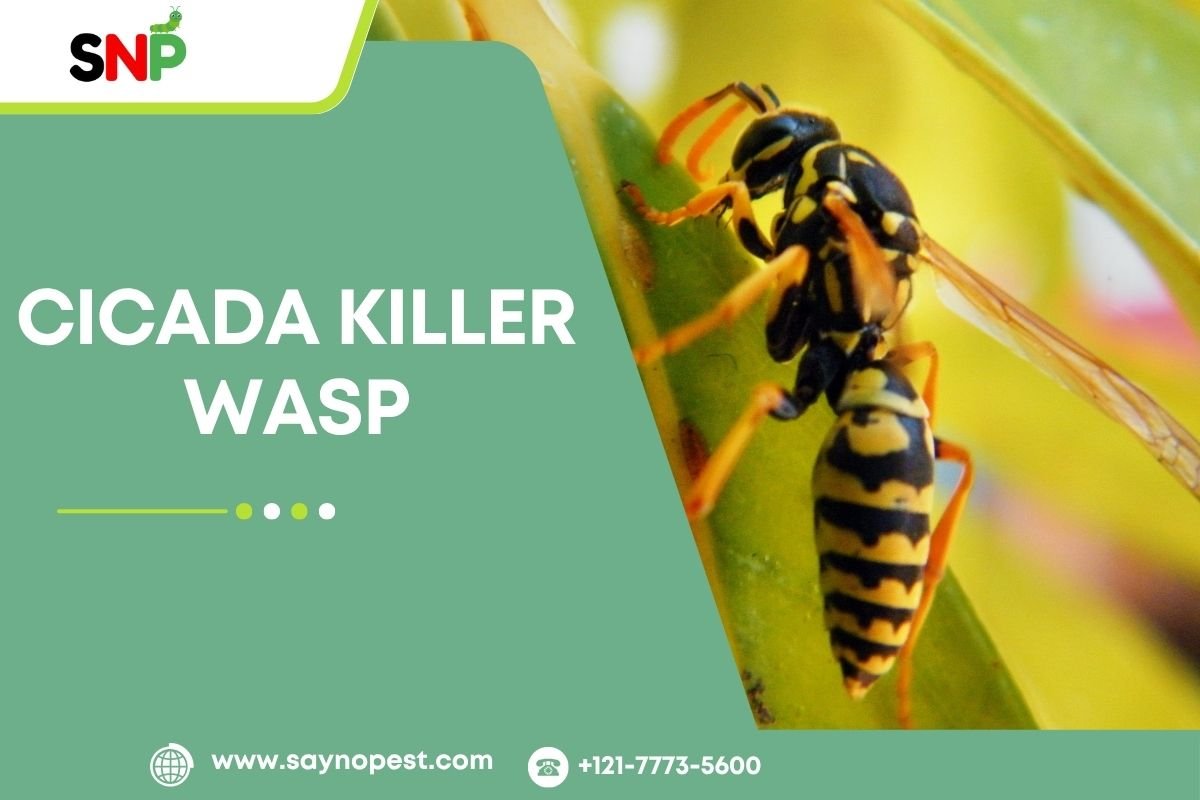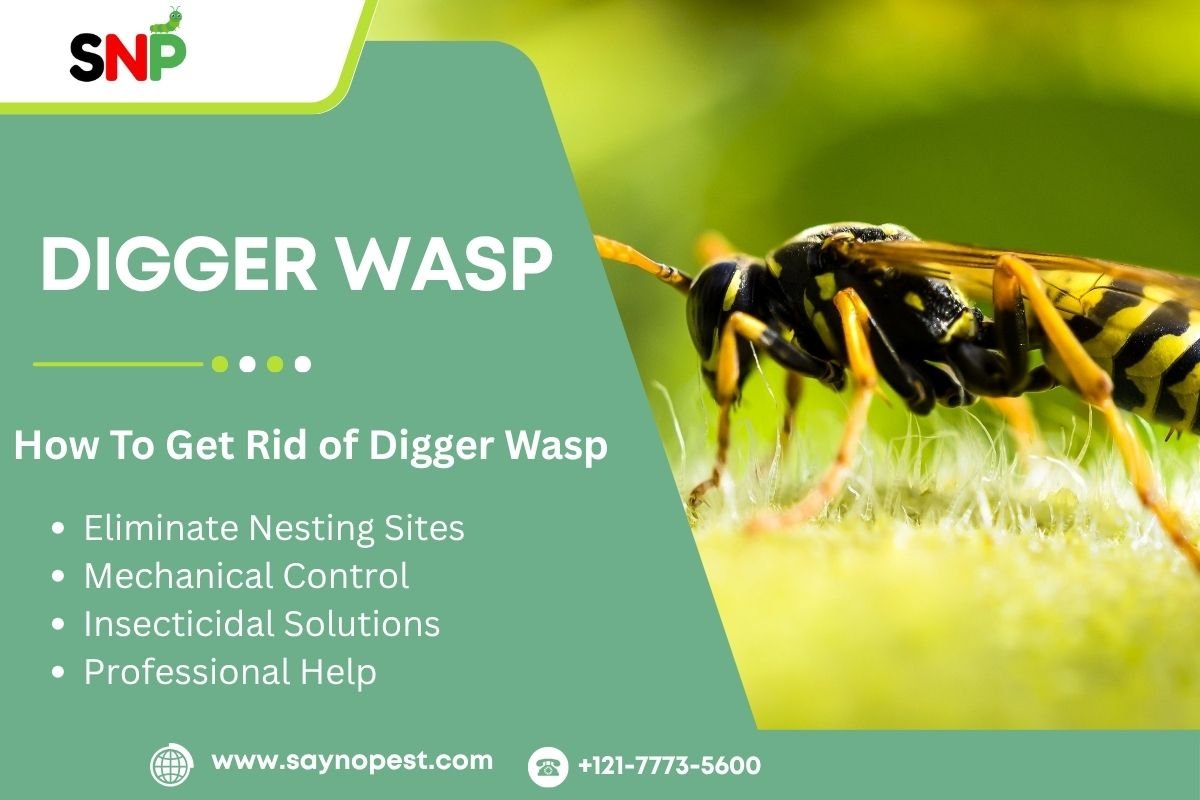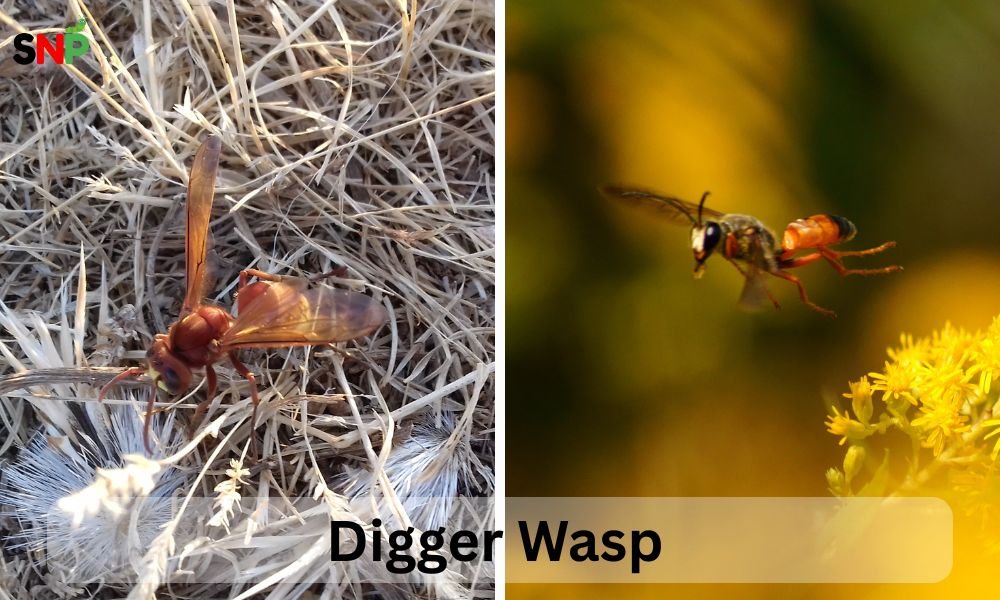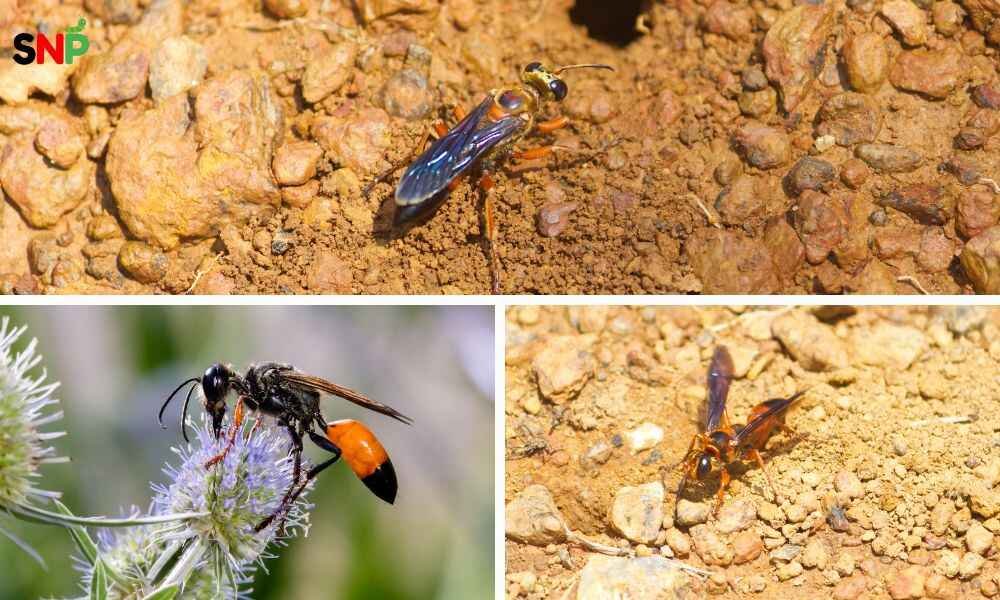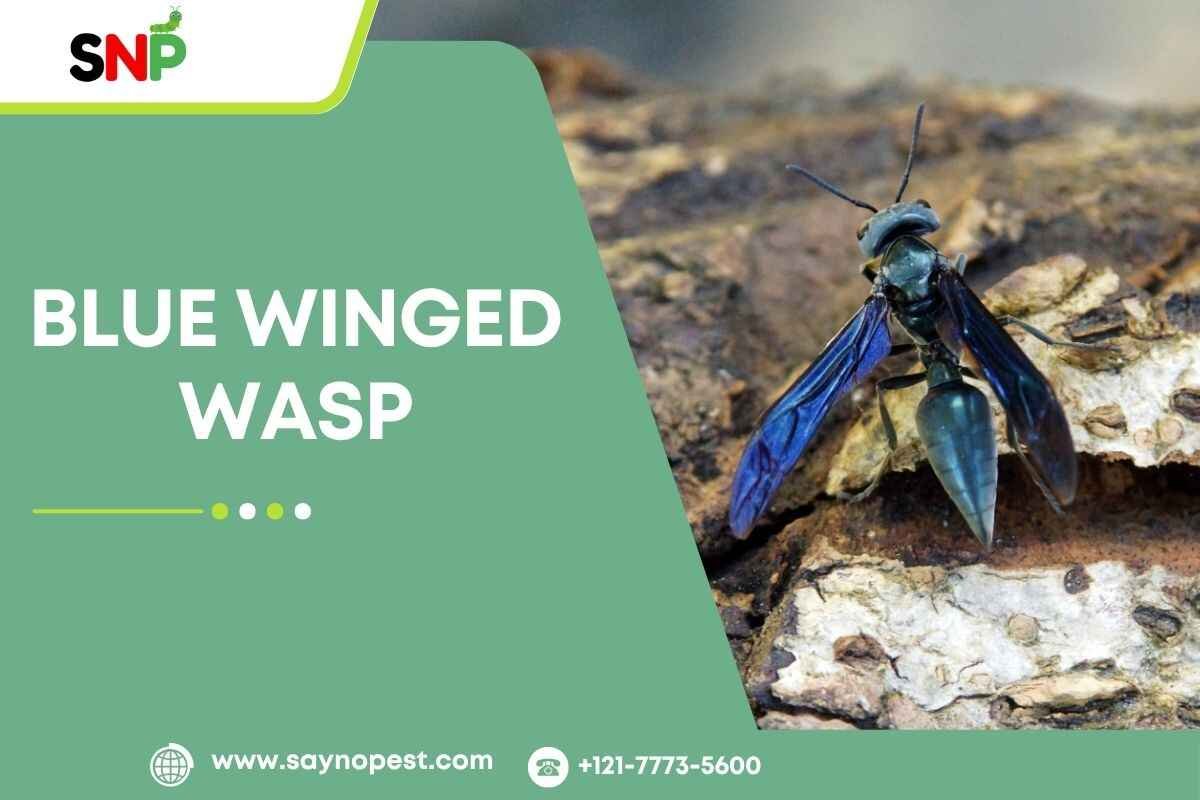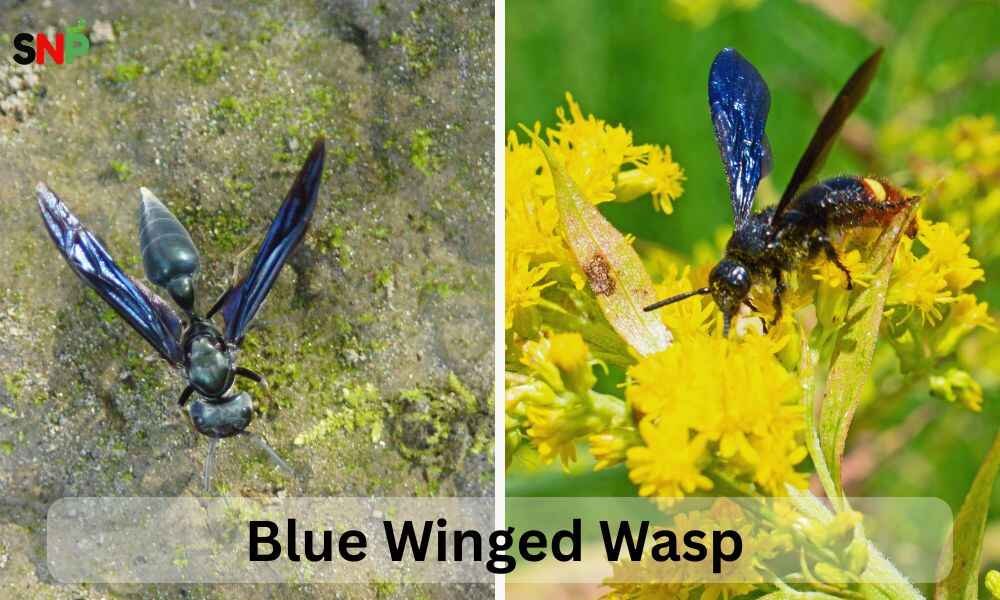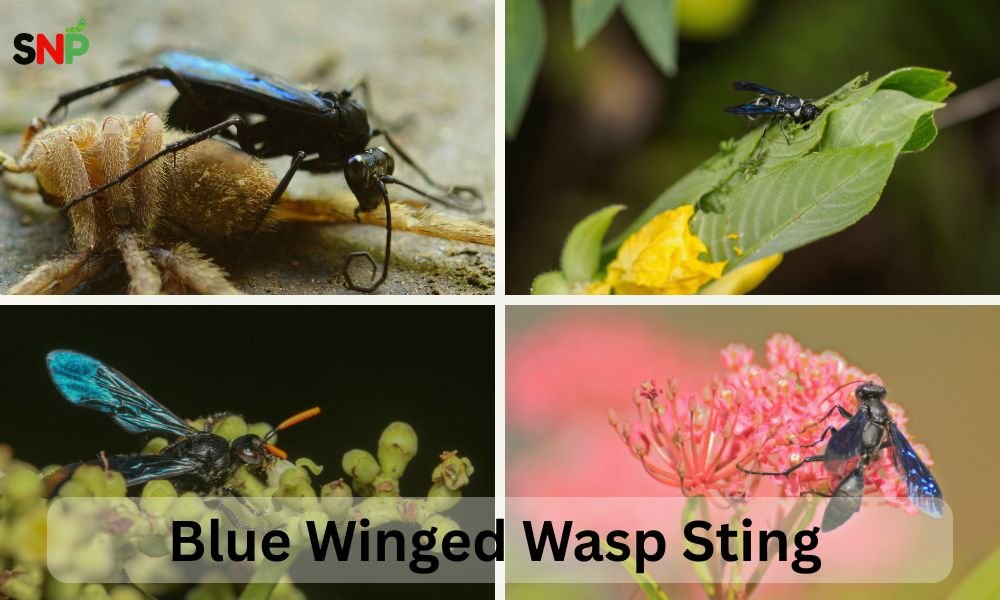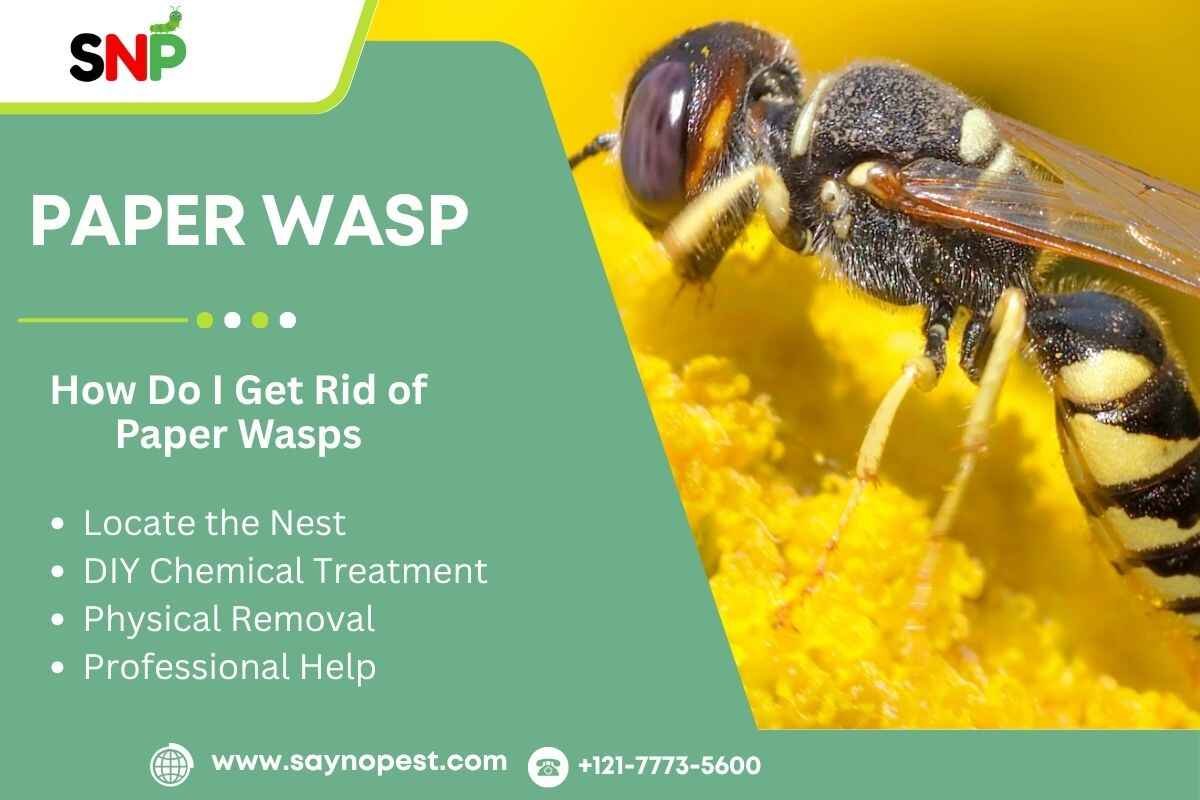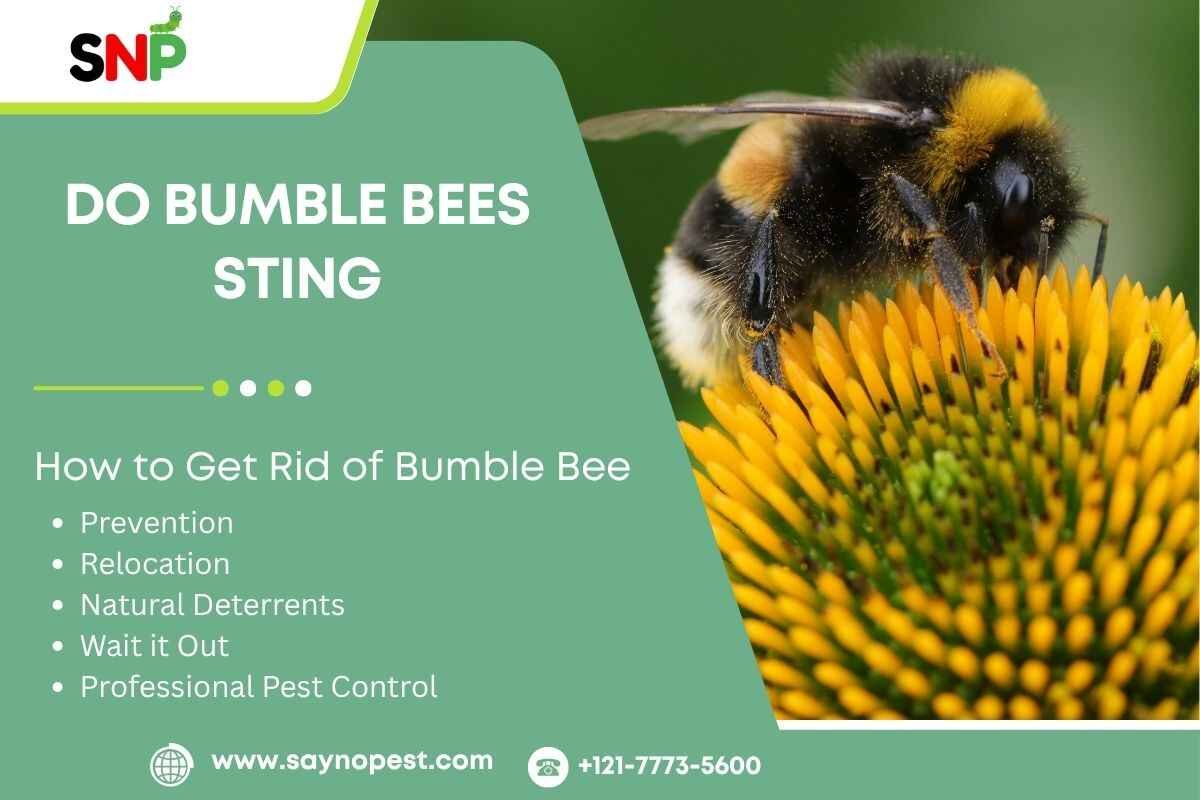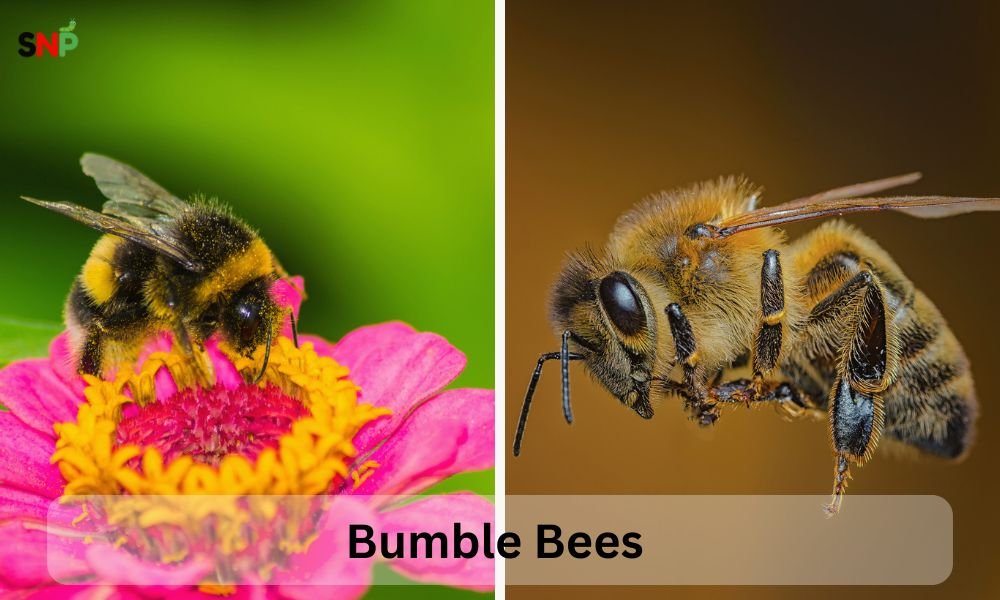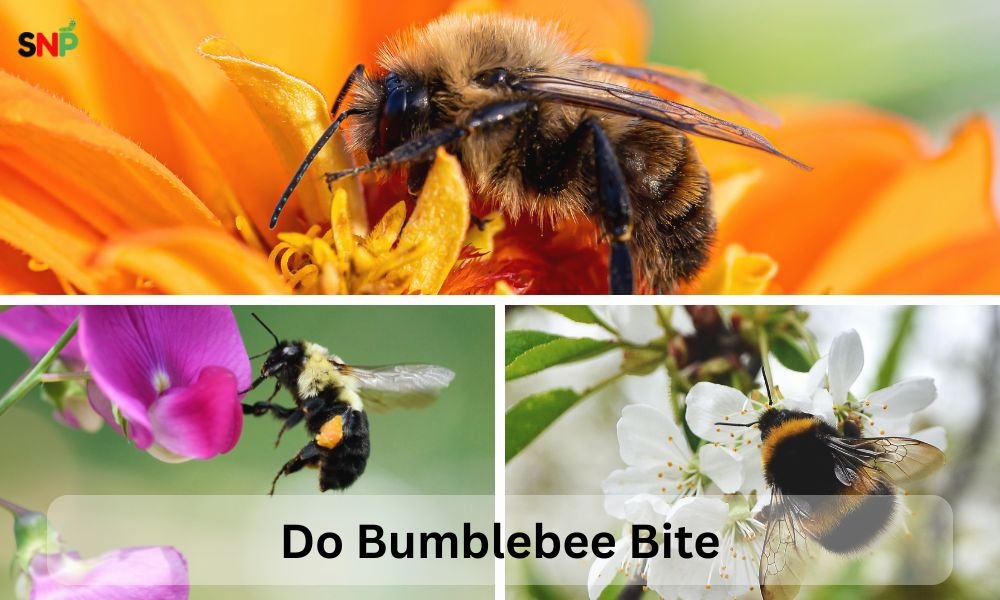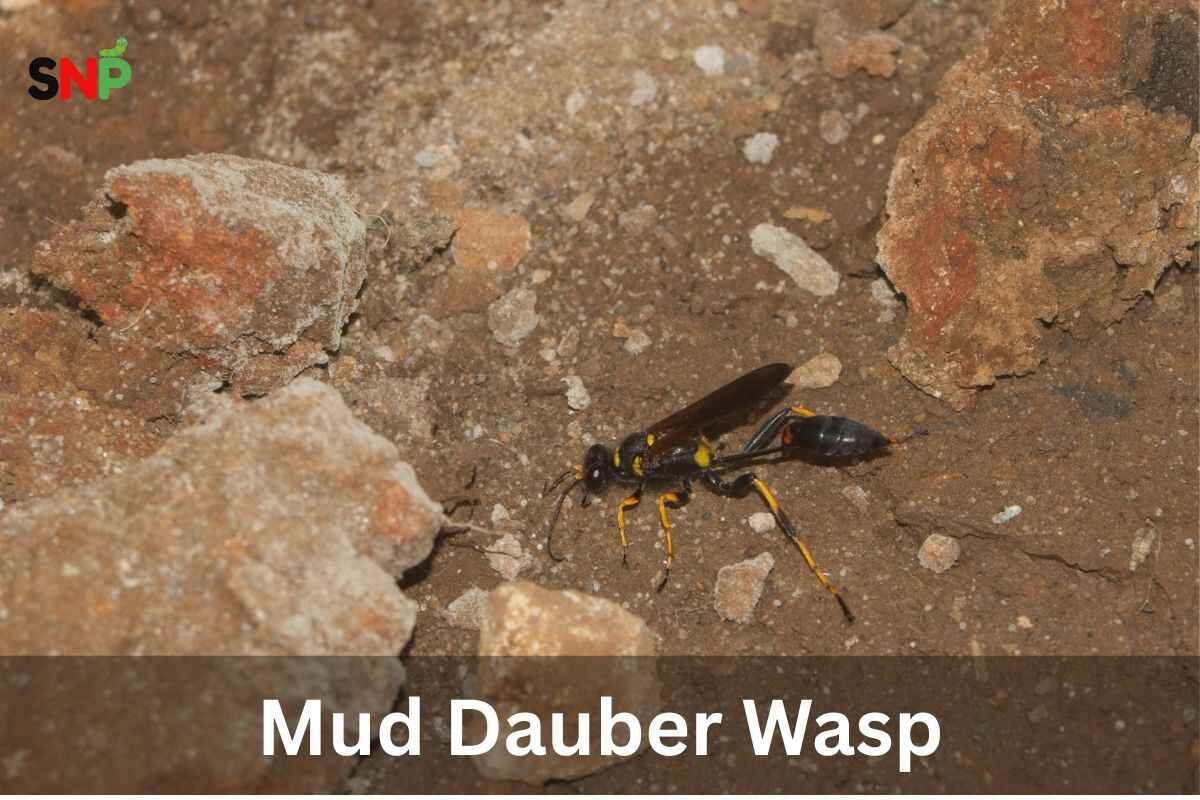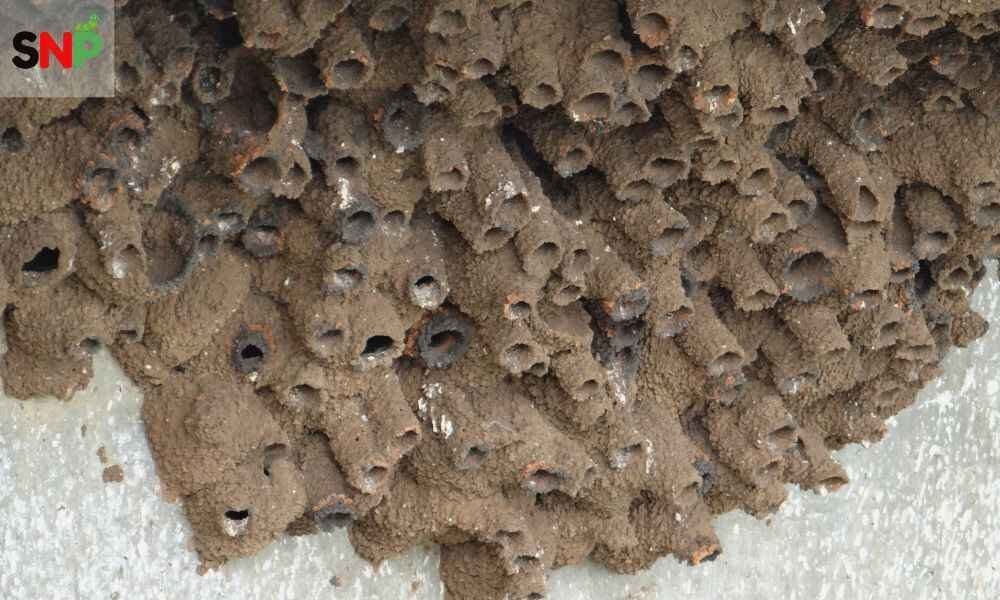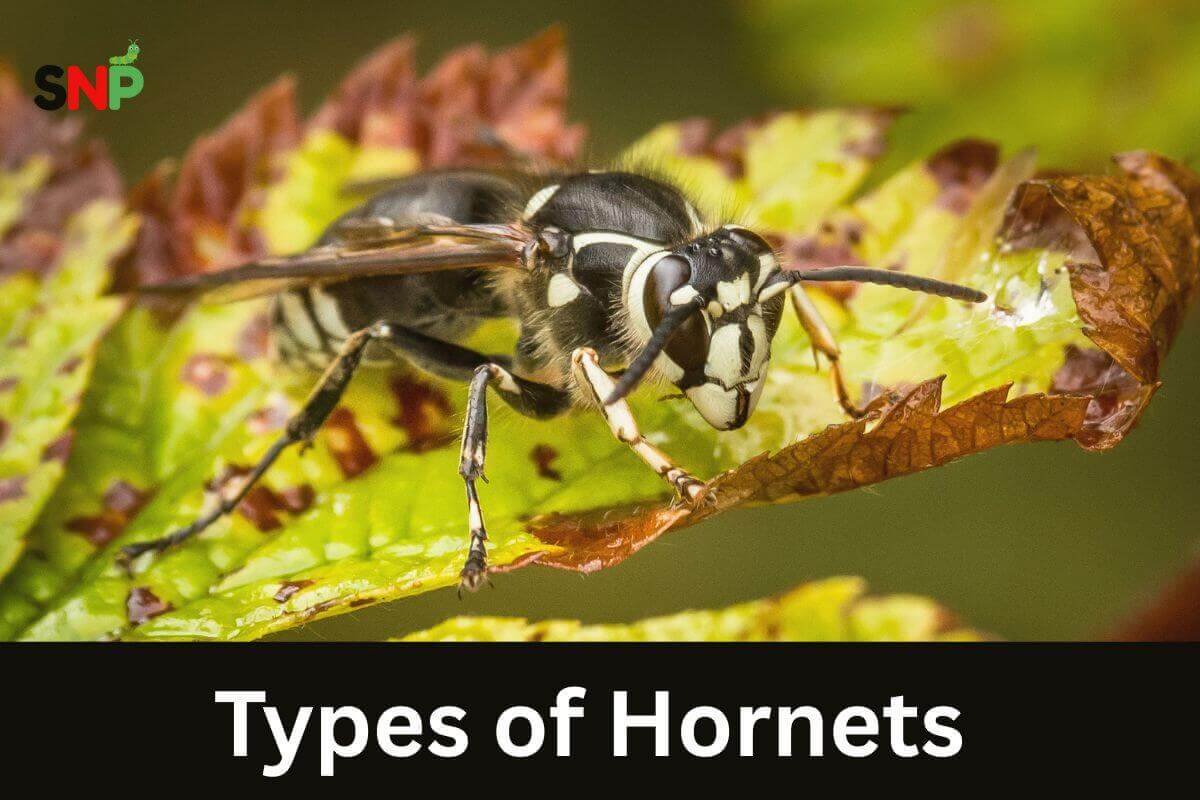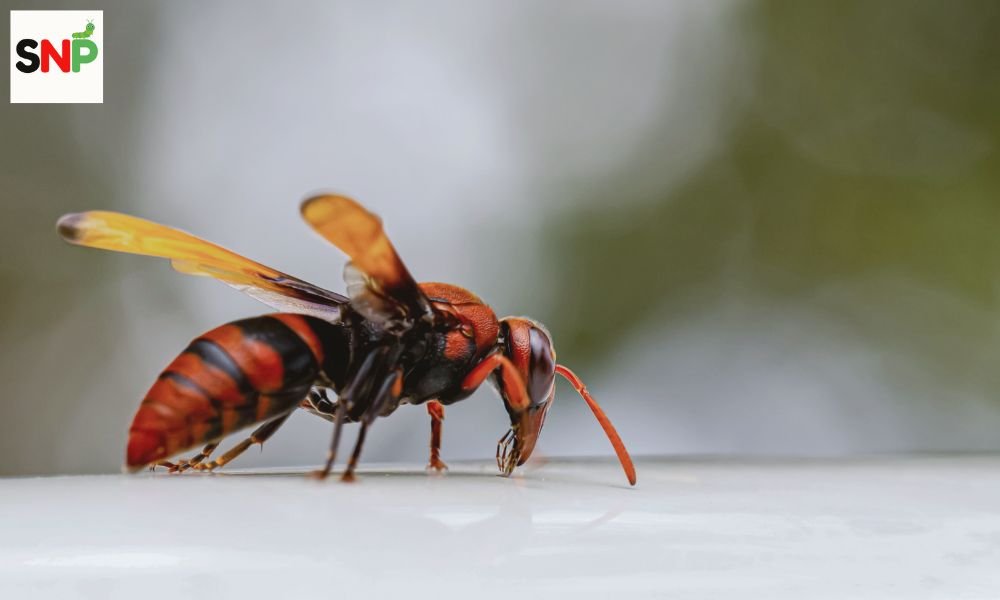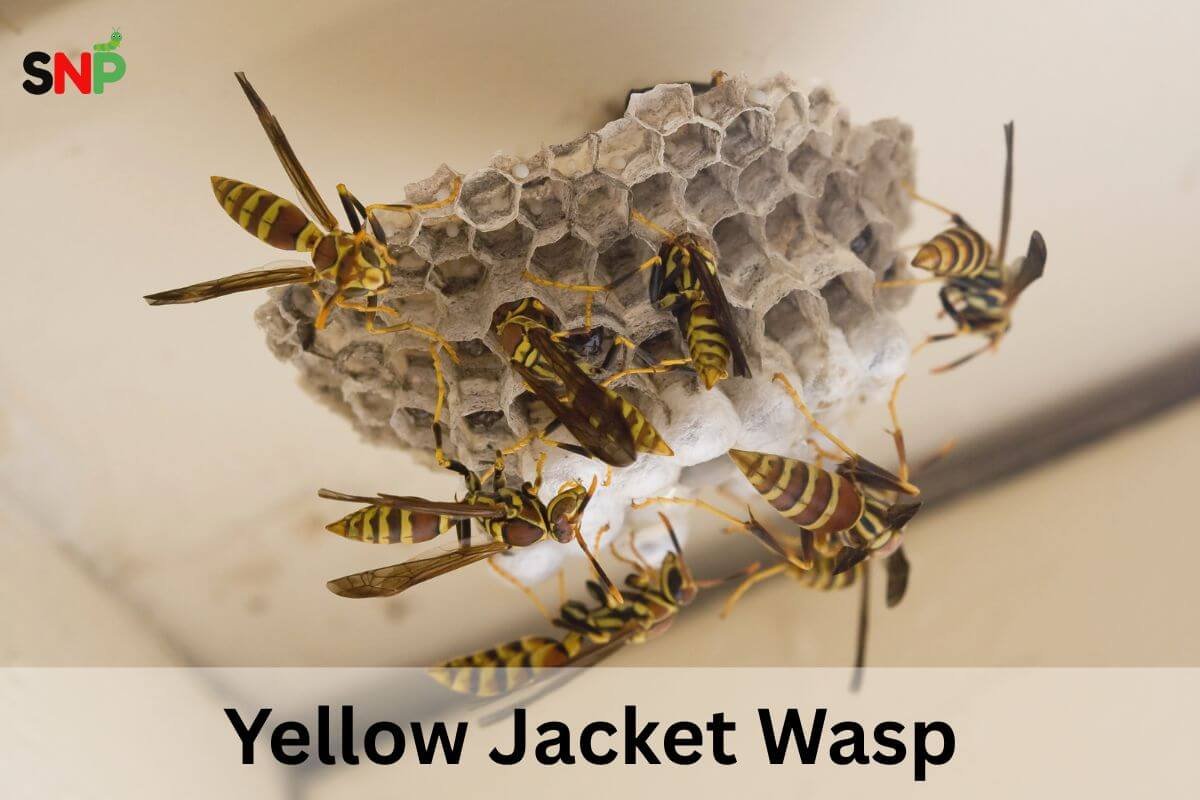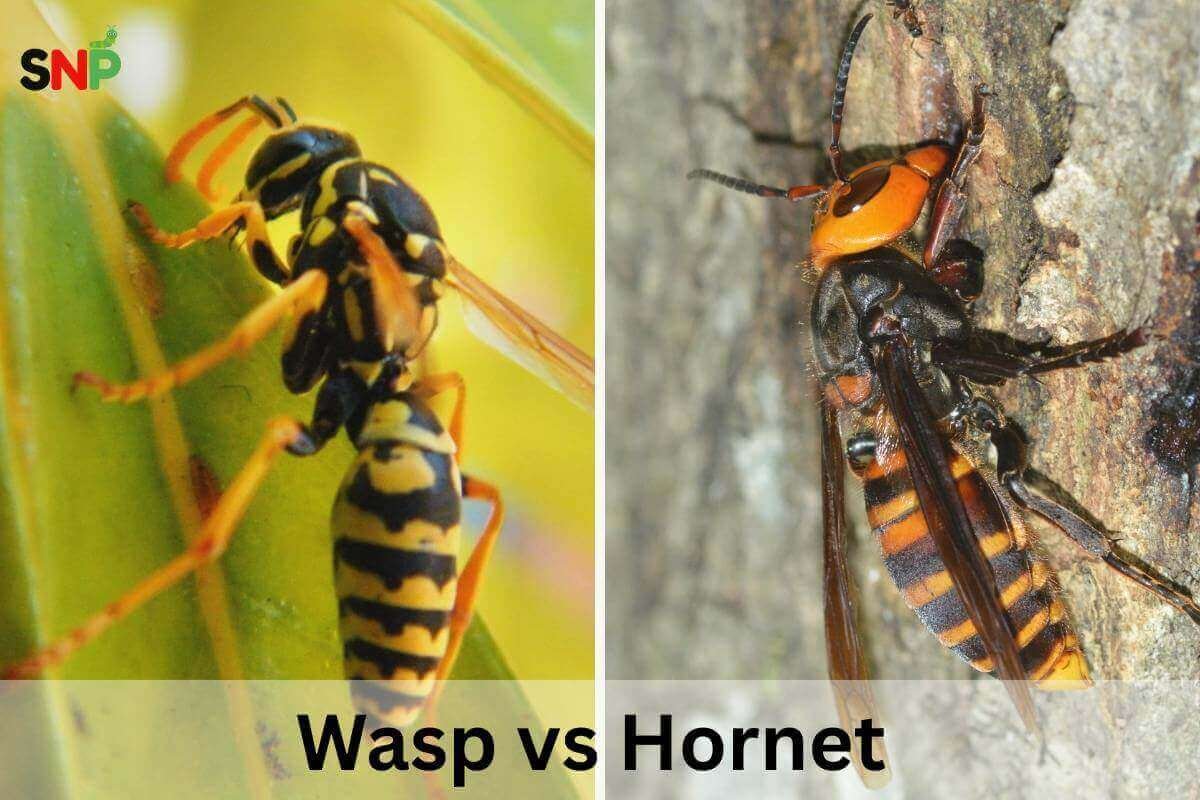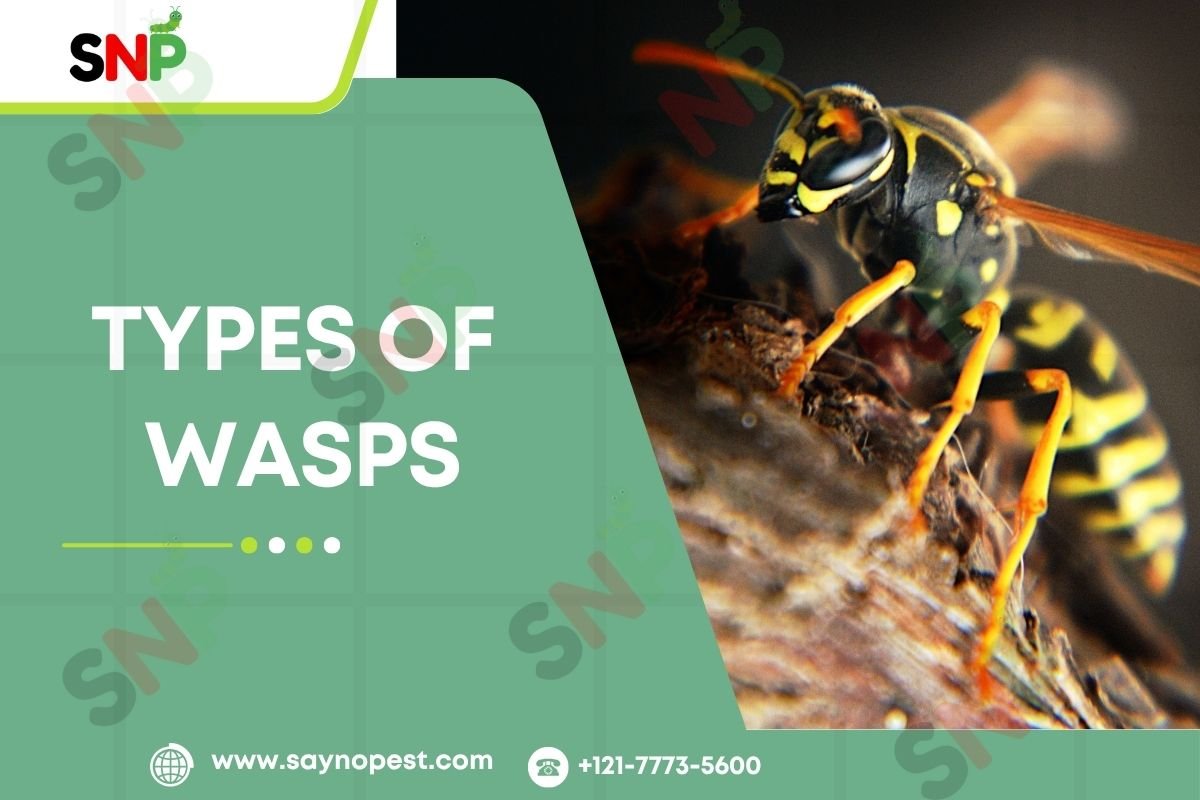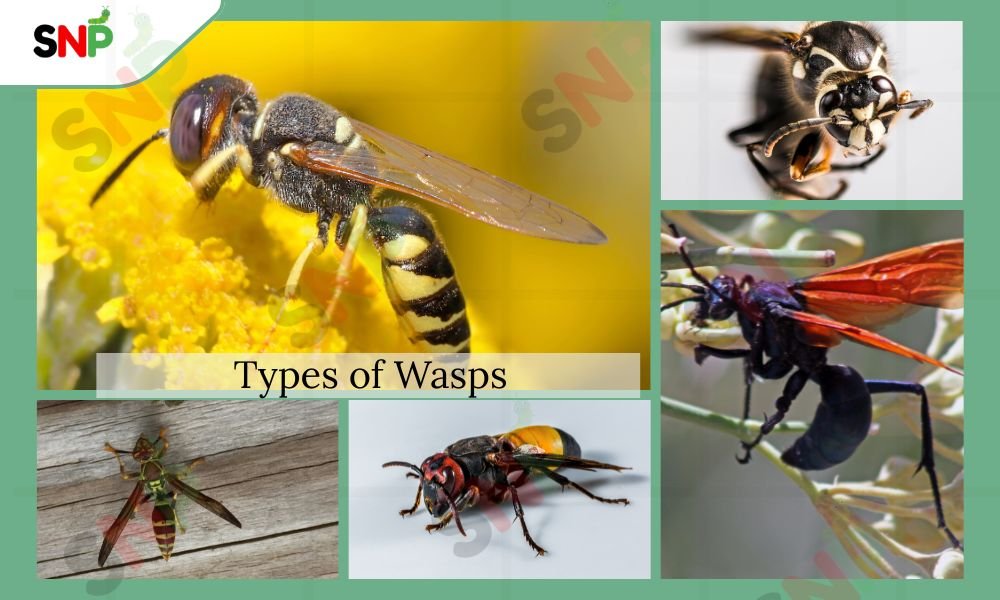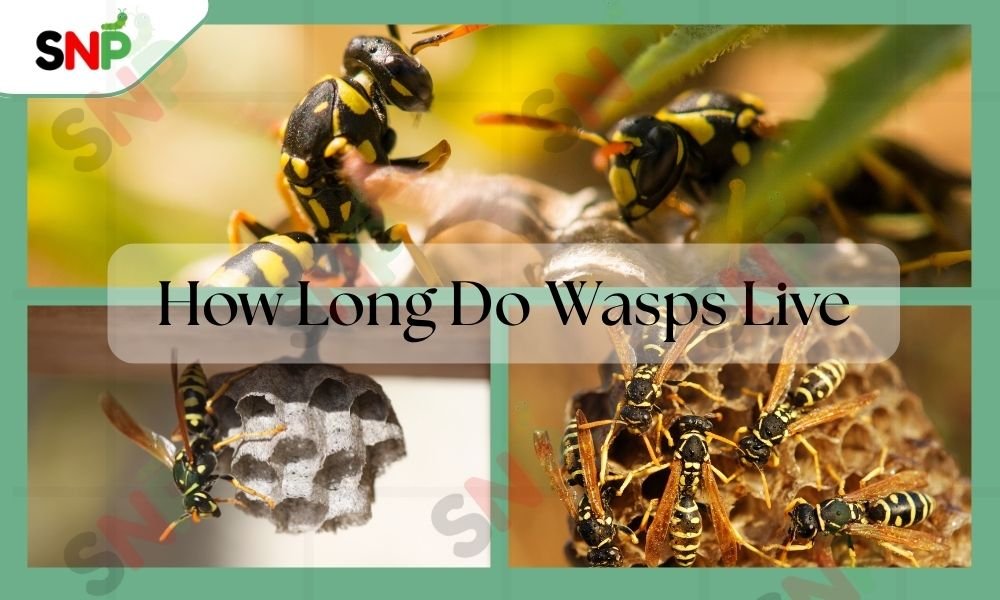Have you ever seen a big insect with a loud buzz digging in your garden on a hot summer day? Then you are most probably looking at the Cicada Killer Wasp. They have a reputation all around America due to their size and the scary name, but these wasps are the unique agents of good that are rarely expect in the American ecosystems. So, we start the blog on a journey into the Cicada Killer Wasp’s universe where we shall meet the ones that feed the cicada killer wasps, shall delve into the life of the cicada killer wasp’s larvae, search if the cicada killer wasps are dangerous, and most importantly, learn how to get rid of the cicada killer wasps in case they decide to stay with us without our permission.

What Do Cicada Killer Wasps Eat?
The diet of the Cicada Killer Wasp is an extension of its name, highly nutritious food. Cicada Killer Wasps are nectar-feeders and hence often seen in bright gardens and among wildflowers. Nevertheless, they are most renowned for their fighting ability. The mother of the Cicada Killer Wasp species is a natural enemy of the cicada, and with no more than a precise stinger, the female wasp shoots and paralyzes the insect. After it is paralyze, it is carry, sometimes very far, back to the wasp’s underground home. There, it becomes the life-giving food for the new generation, thus the process is ensure that the next one will follow. So, when you rethink the question “what do cicada killer wasps eat,” bear this in mind: the adults only drink nectar, but their babies gobble up cicadas.
Cicada Killer Wasp Larvae: Nature’s Little Predators
The bit of the tale, that focuses on the cicada killer wasp larvae, is one of mayhem and gore. The female wasp fills her home underground with paralyzed cicadas, and then she deposits one egg per prey. After a couple of days, hatch the larvae that are going to perform the horrible, yet natural job of eating the cicada’s innards first and leaving the outside for last. The larvae get from this process of feeding their growing and developing all the nutrients they need. When the feeding is finish, the larvae produce a silk cocoon, spend the winter underground, and come out the next summer, fully grown and ready for a new run.
Are Cicada Killer Wasps Dangerous?
With a large size and a fierce look, a person’s first instinct might be to think that are cicada killer wasps dangerous. The answer is quite surprising. Female Cicada Killer Wasps can sting, but they are peace-loving and rarely do they sting people unless they are directly provoke or do so by mistake. On the other hand, male ones, who are very territorial and tend to be around if they see a stranger, do not have stingers; thus, they can never become a source of harm for people. The majority of encounters with these wasps have a quiet ending, as the Cicada Killer Wasp revolver is to avoid quarrels and focus on its feast instead. The wasps are no danger to the average American; however, those who are allergic to the insect stings should not take any chances when it comes to their safety.
How to Get Rid of Cicada Killer Wasp
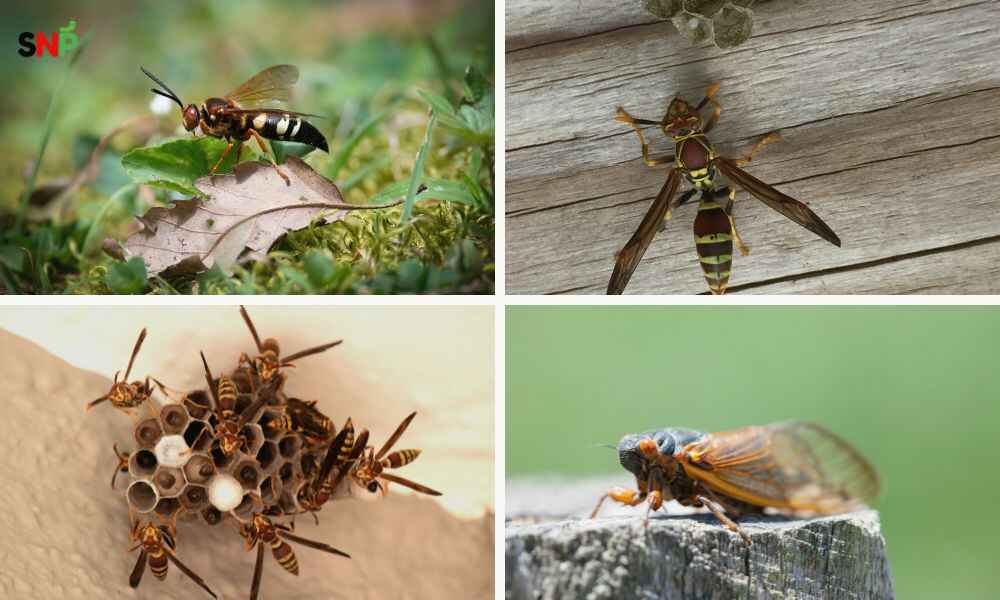
Although the Cicada Killer Wasp is hardly a threat to humans, it can be of great help if used as a natural pesticide. Due to its diet of cicadas, the burrowing habits of these wasps, as they go about their business, can create plenty of mounds in the lawn and garden. Some go as far as to say that they are against the beady eyes of those who have noticed these little creatures around and want to be rid of them. The power of nature can be conjured to do just that, and several effective ways as follows:
- Natural Methods: Find their holes—those will be small holes requiring a coin and mounds of soil—and then, when the wasps are inside at night, pour boiling water into the holes. Place a glass bowl over the hole entrance so no one can get out.
- Chemical Solutions: Use drops or powder insecticide like Bifen LP and put it in the holes just before going to bed. This method will rid you of not only the ones that are alive now but also of the larvae of future ones.
- Professional Help: A pest control professional is recommended if the infestation is on a large scale, and the removal of the wasps should be done safely and effectively.
Always take care when dealing with any stinging insect, and wear protective clothing during removal efforts.
Conclusion
The Cicada Killer Wasp is an amazing insect that usually has bad press because of its size and vivid look. But, knowledge of what do cicada killer wasps eat, the lifecycle of cicada killer wasp larvae, and the truth about are cicada killer wasps dangerous shows that this is more of a friend than a foe. These wasps keep the population of cicadas under control, and they are not usually aggressive to humans. When they are too problematic with their burrows, knowing how to get rid of cicada killer wasp will help you to deal with them effectively and safely. With a little knowledge on the significance of the Cicada Killer Wasp in our ecosystem, we can coexist with these large Docile Giants and yet have a beautiful home and garden, without pests.
